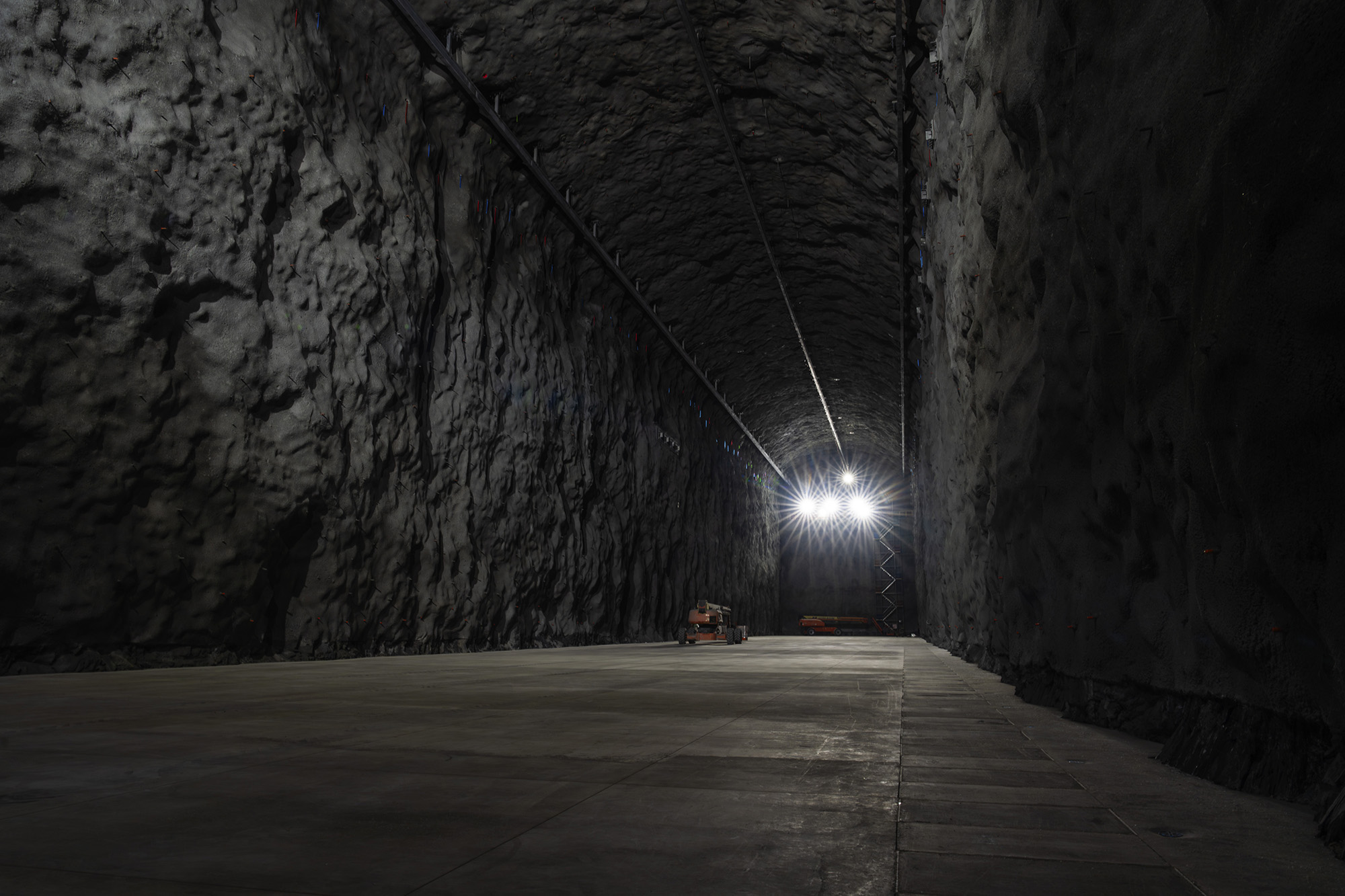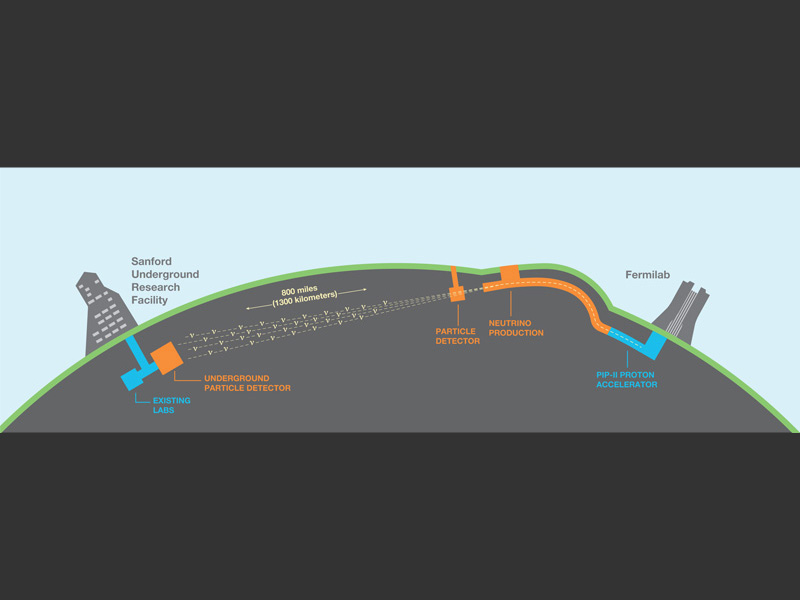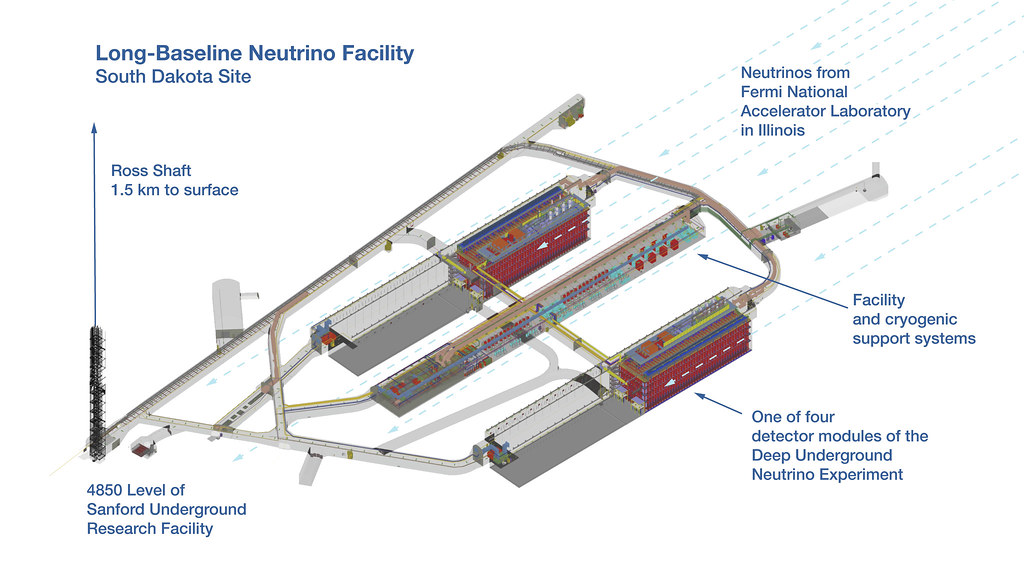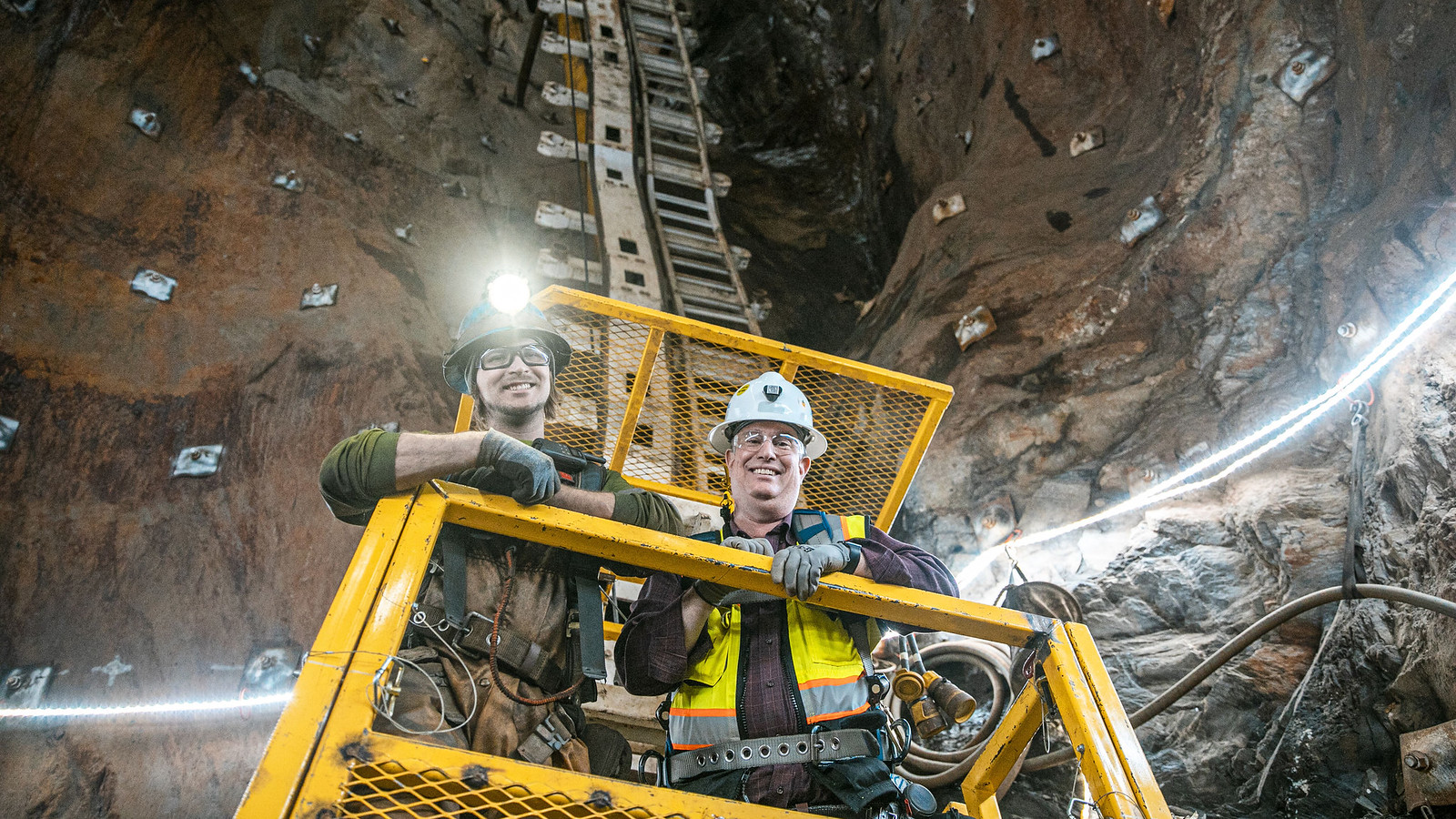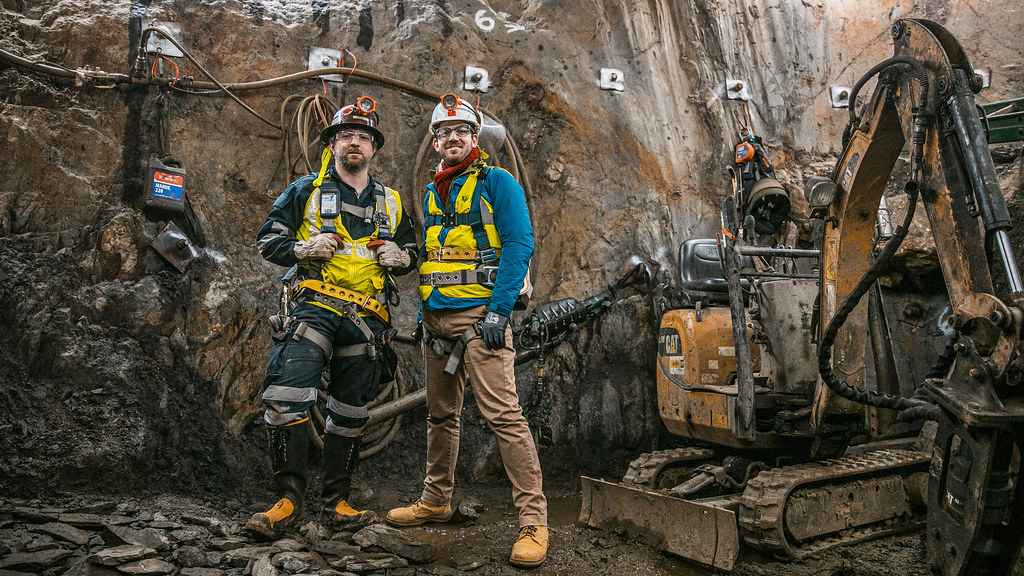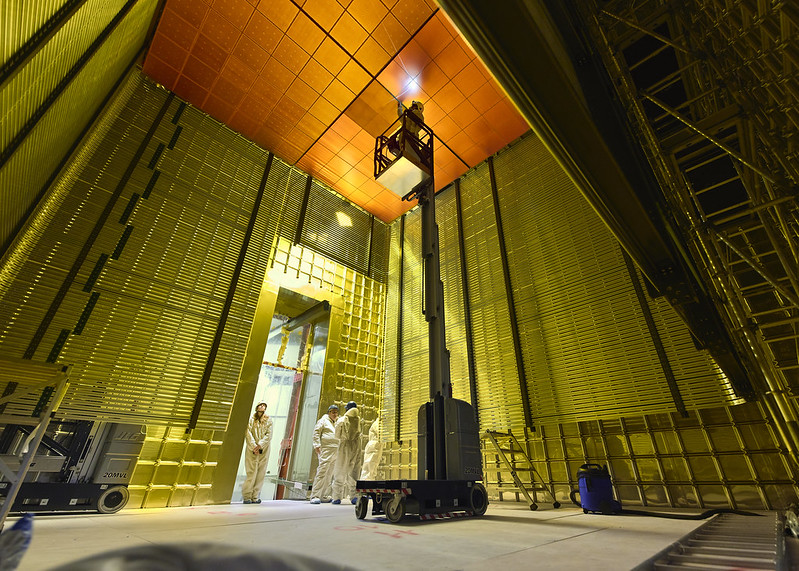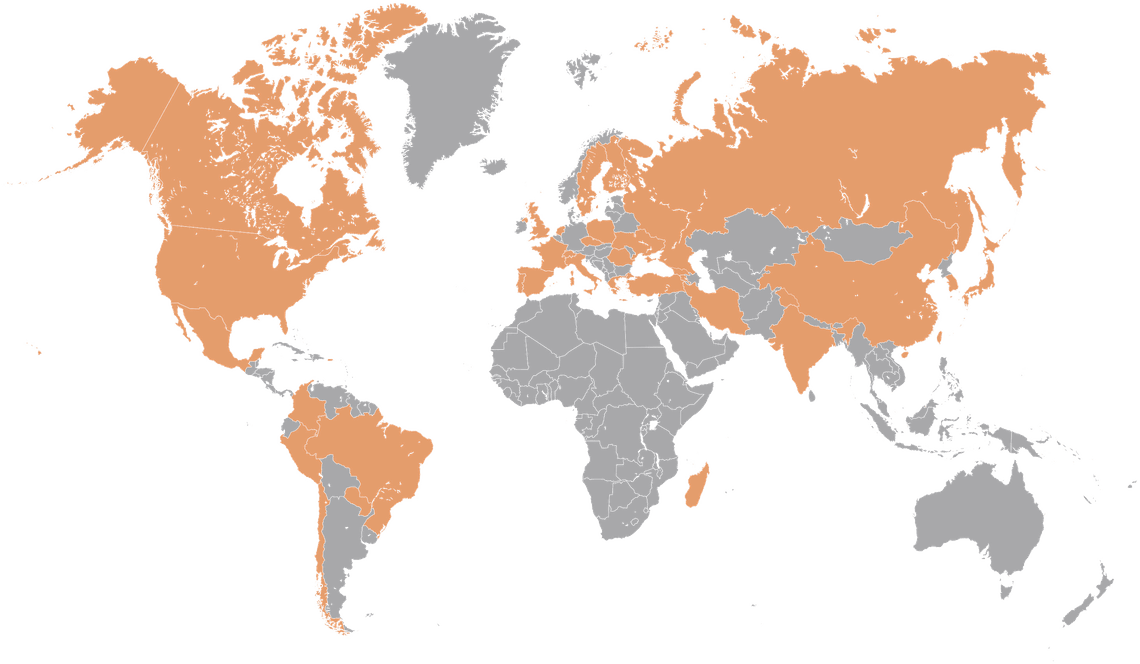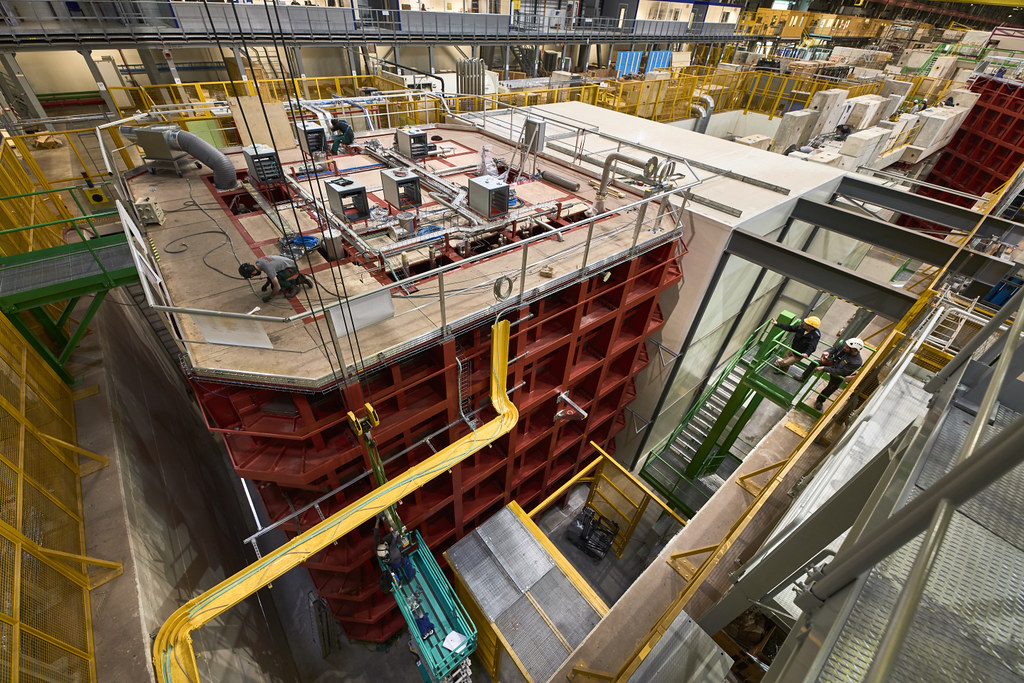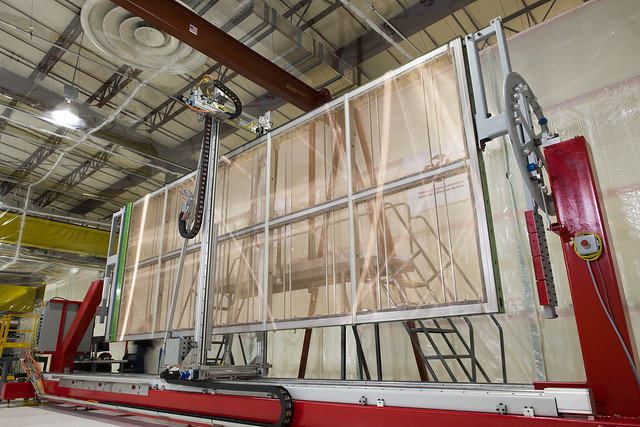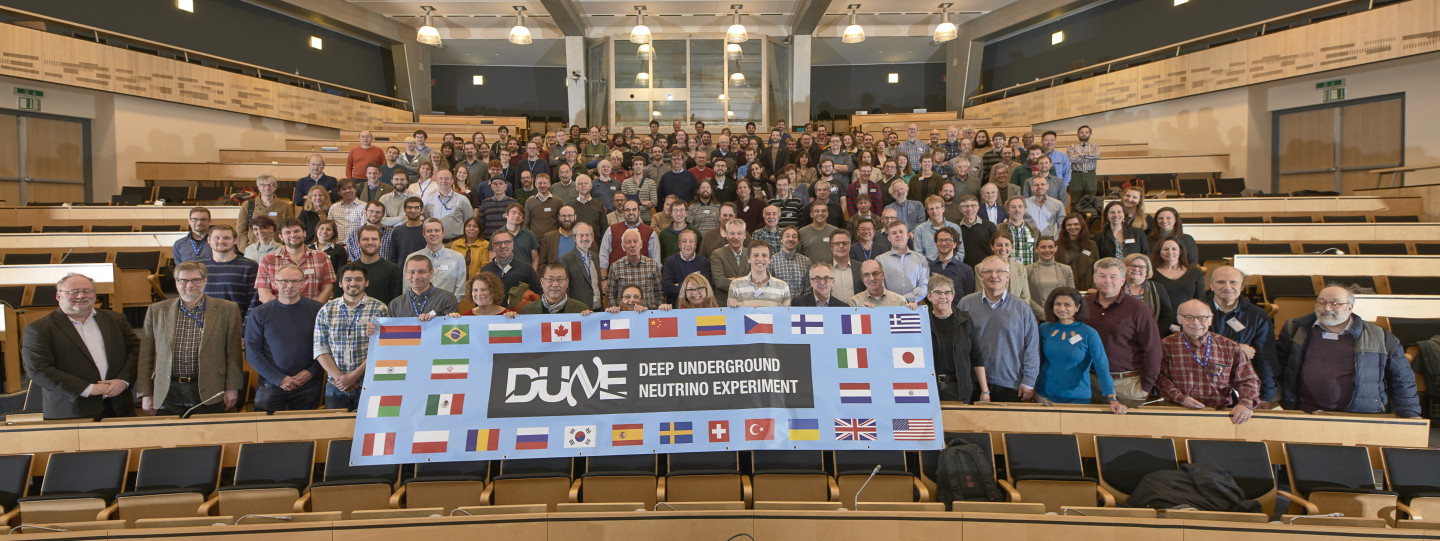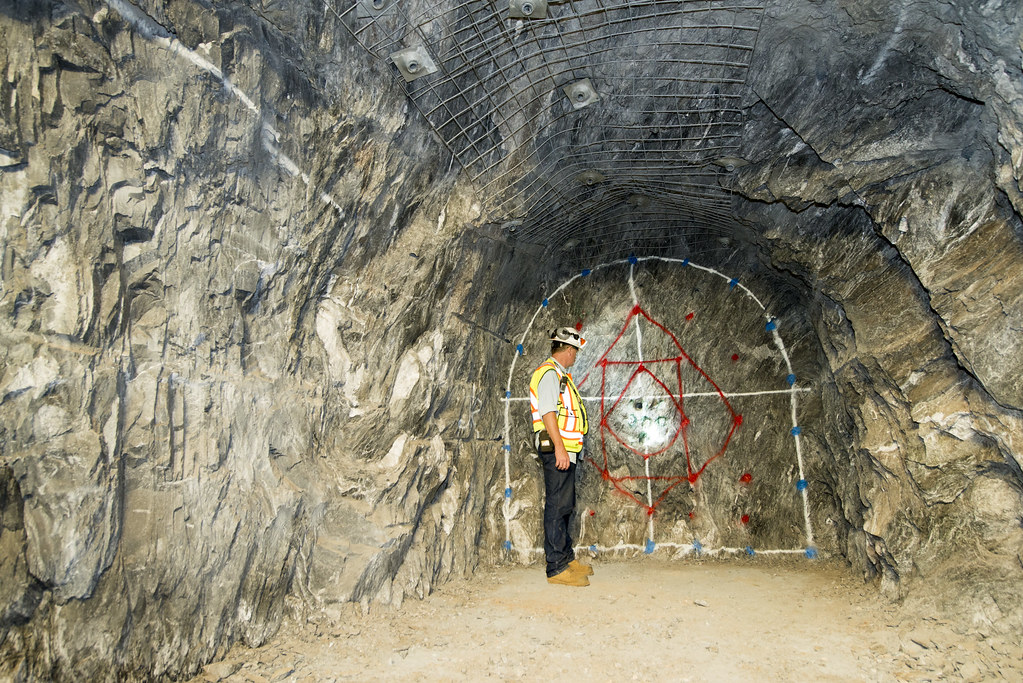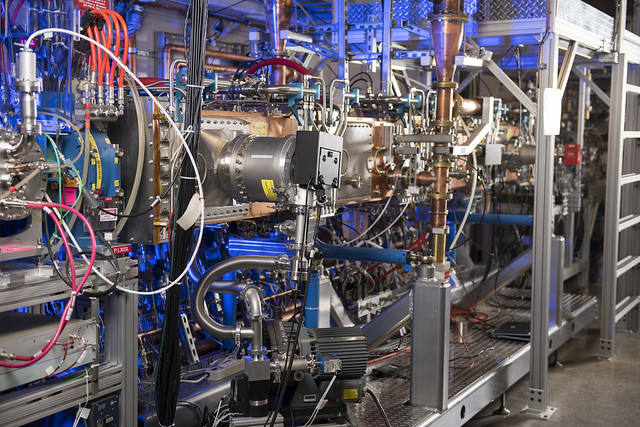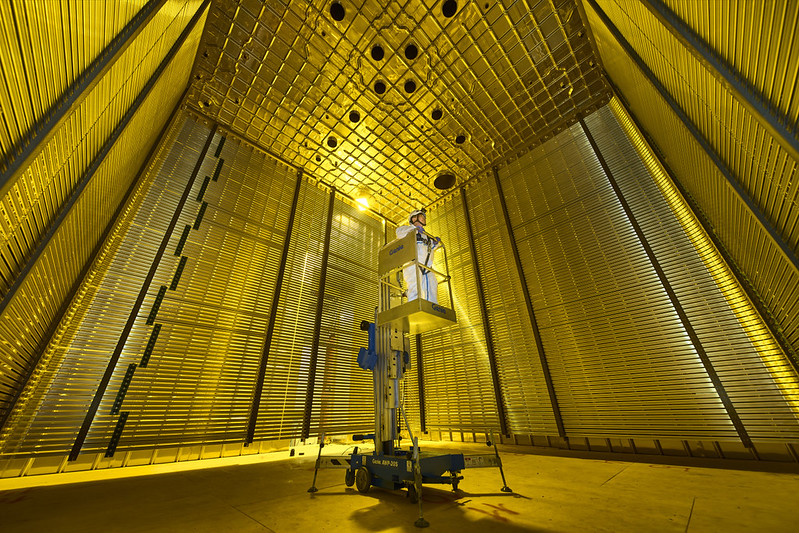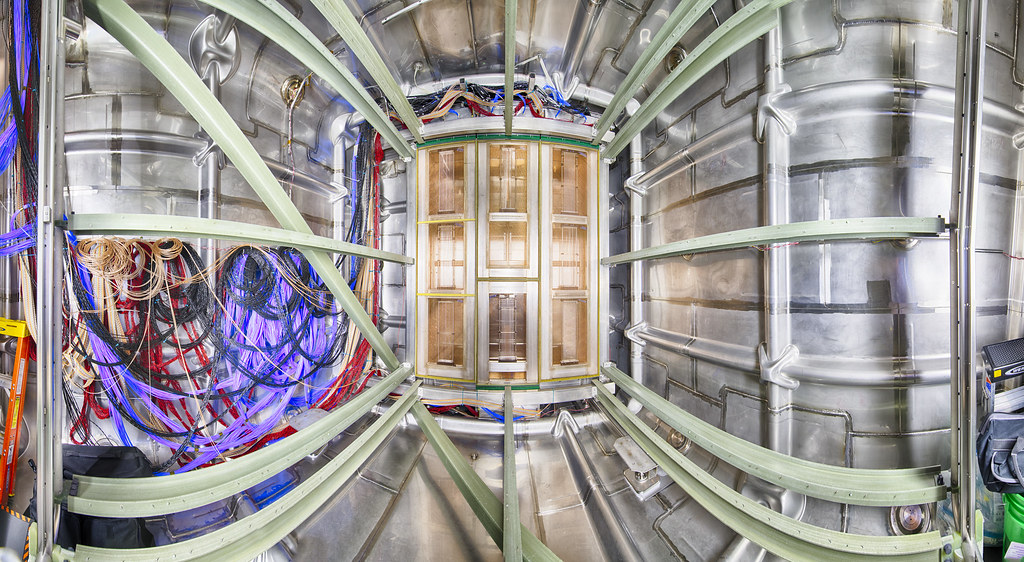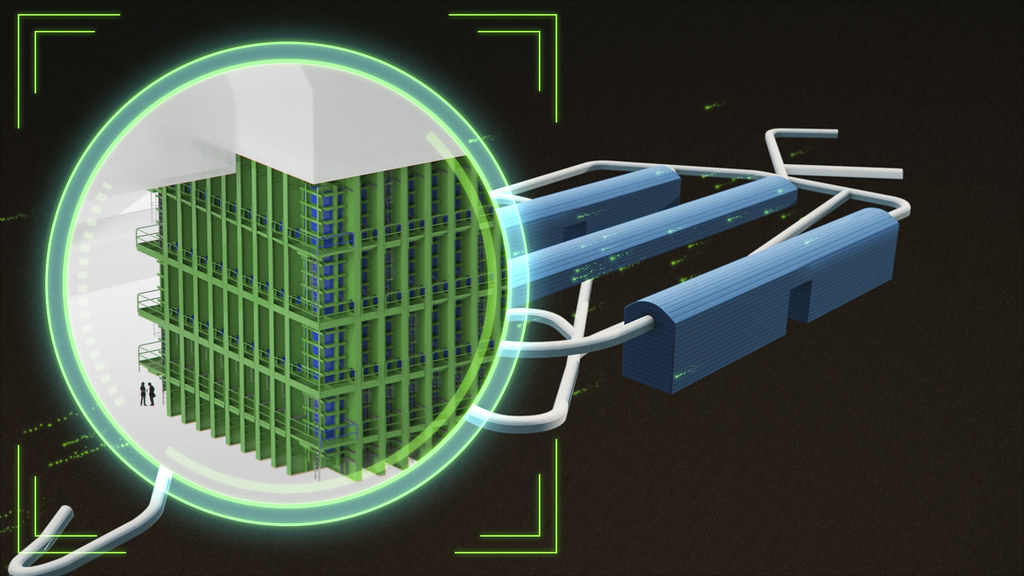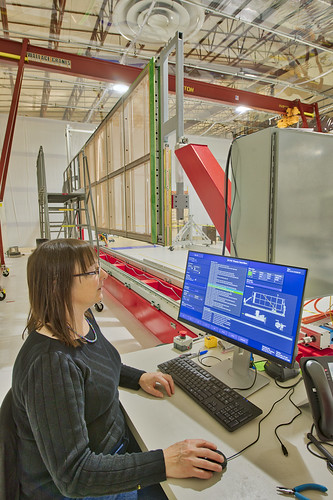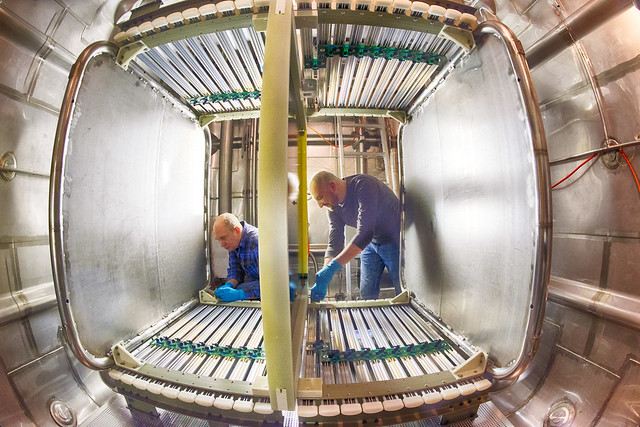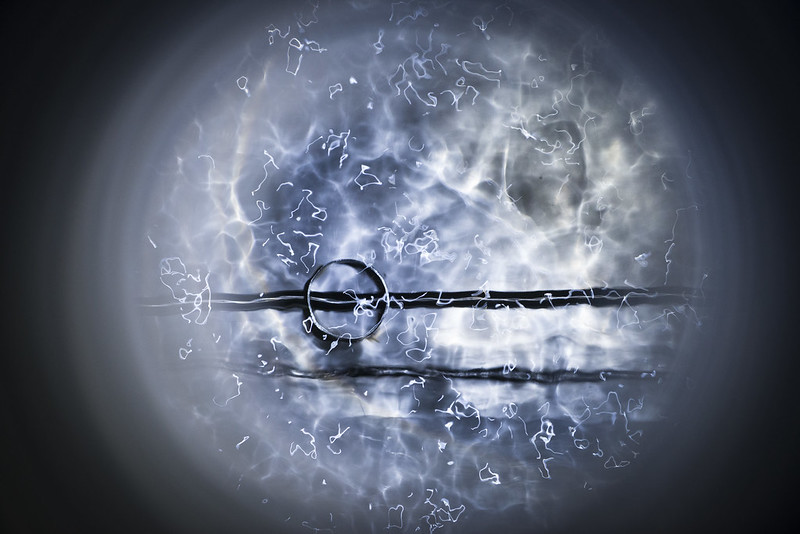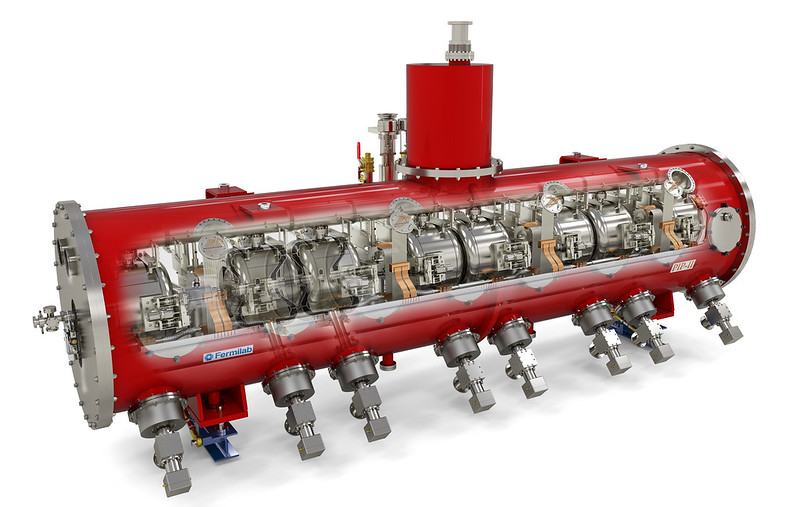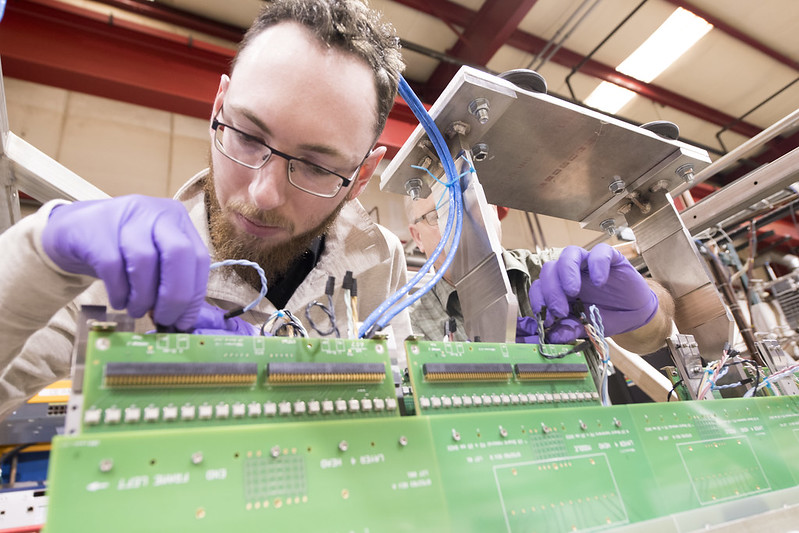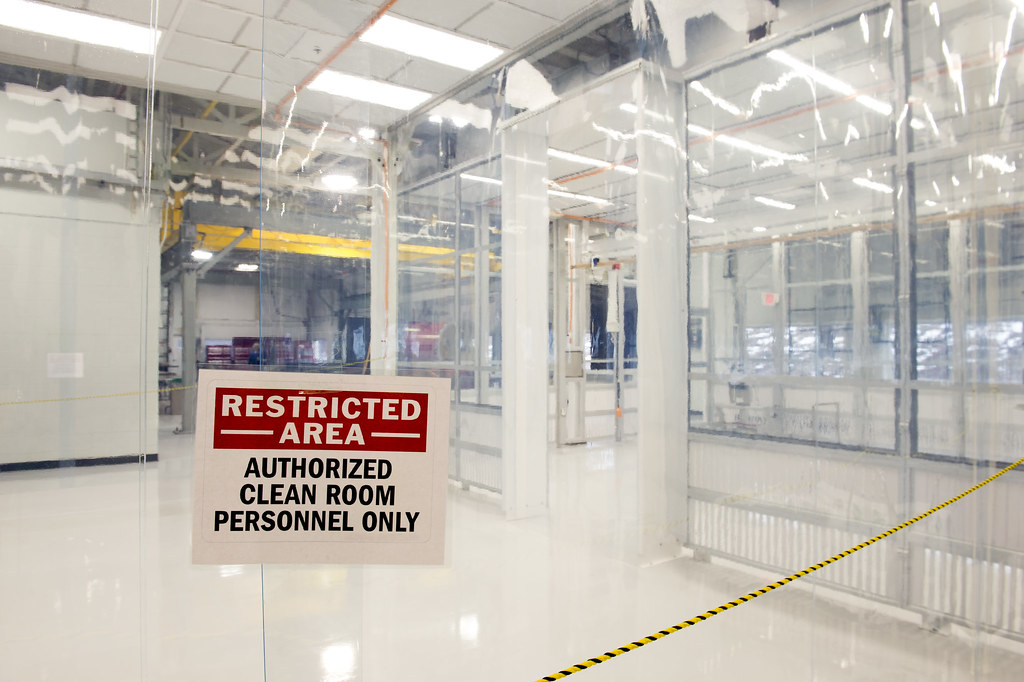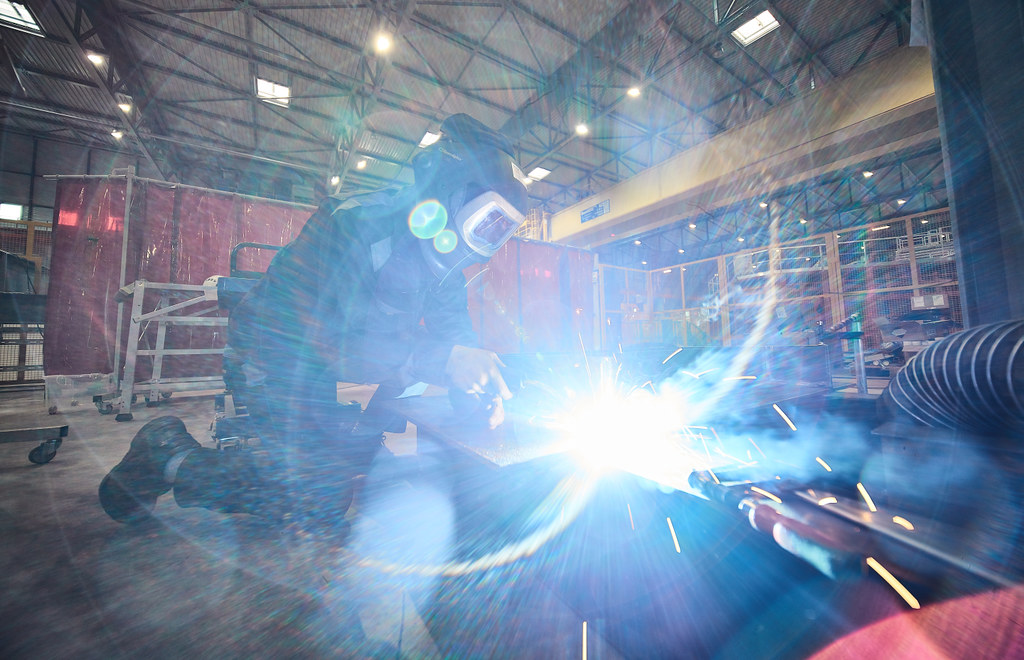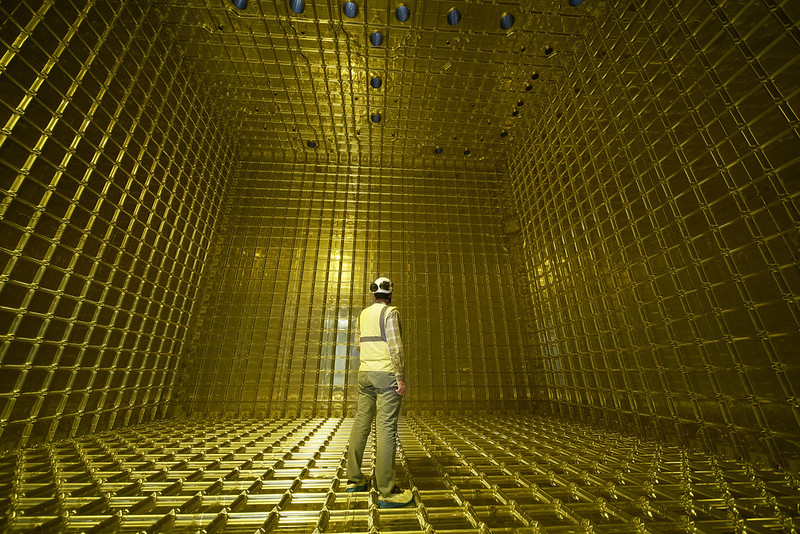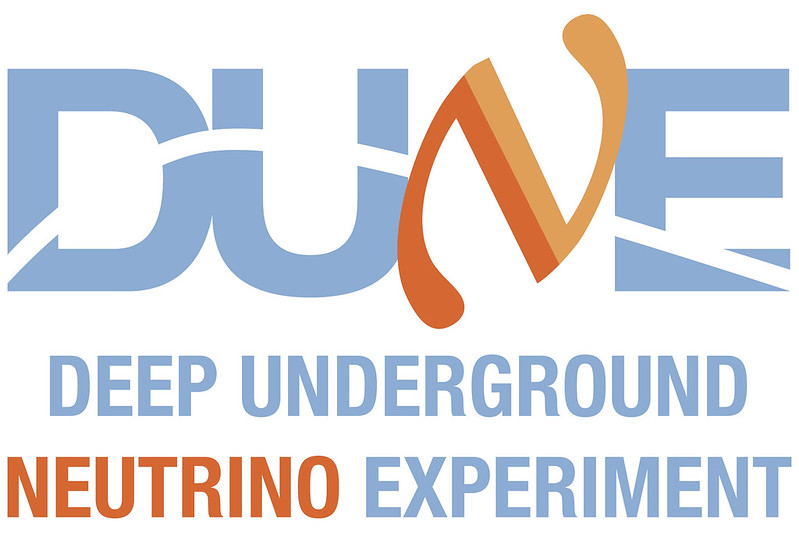Solving big mysteries
The Deep Underground Neutrino Experiment is an international flagship experiment to unlock the mysteries of neutrinos. DUNE will be installed in the Long-Baseline Neutrino Facility, under construction in the United States. DUNE scientists will paint a clearer picture of the universe and how it works. Their research may even give us the key to understanding why we live in a matter-dominated universe — in other words, why we are here at all.
DUNE will pursue three major science goals: find out whether neutrinos could be the reason the universe is made of matter; look for subatomic phenomena that could help realize Einstein’s dream of the unification of forces; and watch for neutrinos emerging from an exploding star, perhaps witnessing the birth of a neutron star or a black hole.
The U.S. Department of Energy’s Fermilab is the host laboratory for DUNE, in partnership with funding agencies and more than 1,400 scientists and engineers from all over the globe. They contribute expertise and components, which provide economic benefits to each of the partner institutions and countries. DUNE consists of massive neutrino detectors, at Fermilab in Illinois and Sanford Underground Research Facility in South Dakota. LBNF produces the world’s most intense neutrino beam and provides the infrastructure. The PIP-II particle accelerator at Fermilab powers the neutrino beam.
Gigantic particle detectors
Gigantic particle detectors
DUNE comprises state-of-the-art particle detectors: one at Fermilab and one deep underground at Sanford Lab. The far detector will be the largest of its type ever built and record neutrino interactions with unprecedented precision. A global computing infrastructure will make data analysis possible.
Construction deep underground
Construction deep underground
LBNF provides the enormous caverns and cryogenics infrastructure for the DUNE detector deep underground at Sanford Lab. This includes the excavation of 800,000 tons of rock. It will also build structures at Fermilab to send neutrinos through stone and earth to South Dakota — no tunnel needed.
World record beam
World record beam
PIP-II will be the “first gear” of the Fermilab accelerator complex and power the world’s most intense beam of high-energy neutrinos for DUNE. The heart of PIP-II is a 215-meter-long particle accelerator, featuring major contributions from international partners and the latest superconducting radio-frequency technology developed at Fermilab.






















